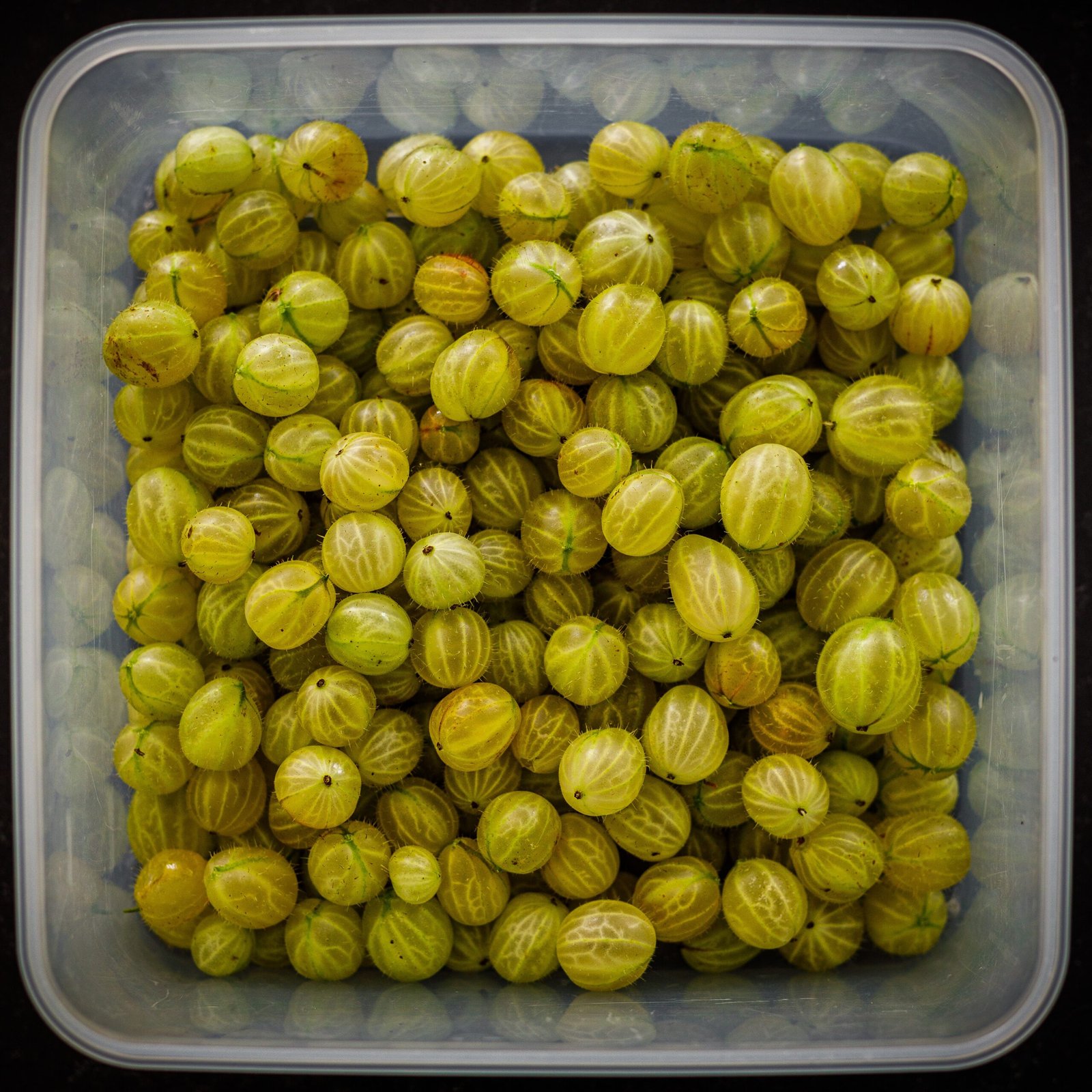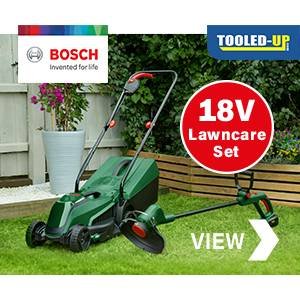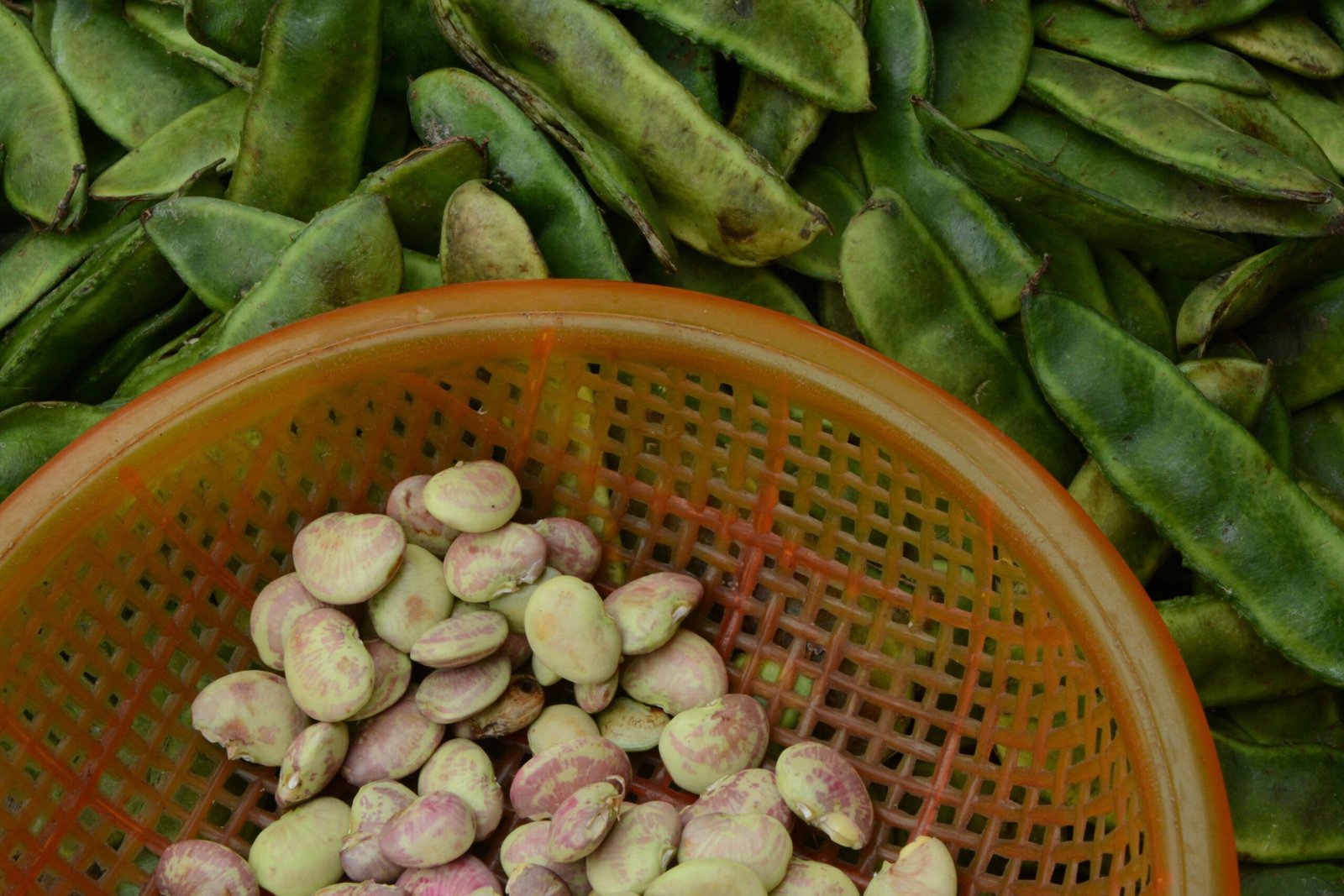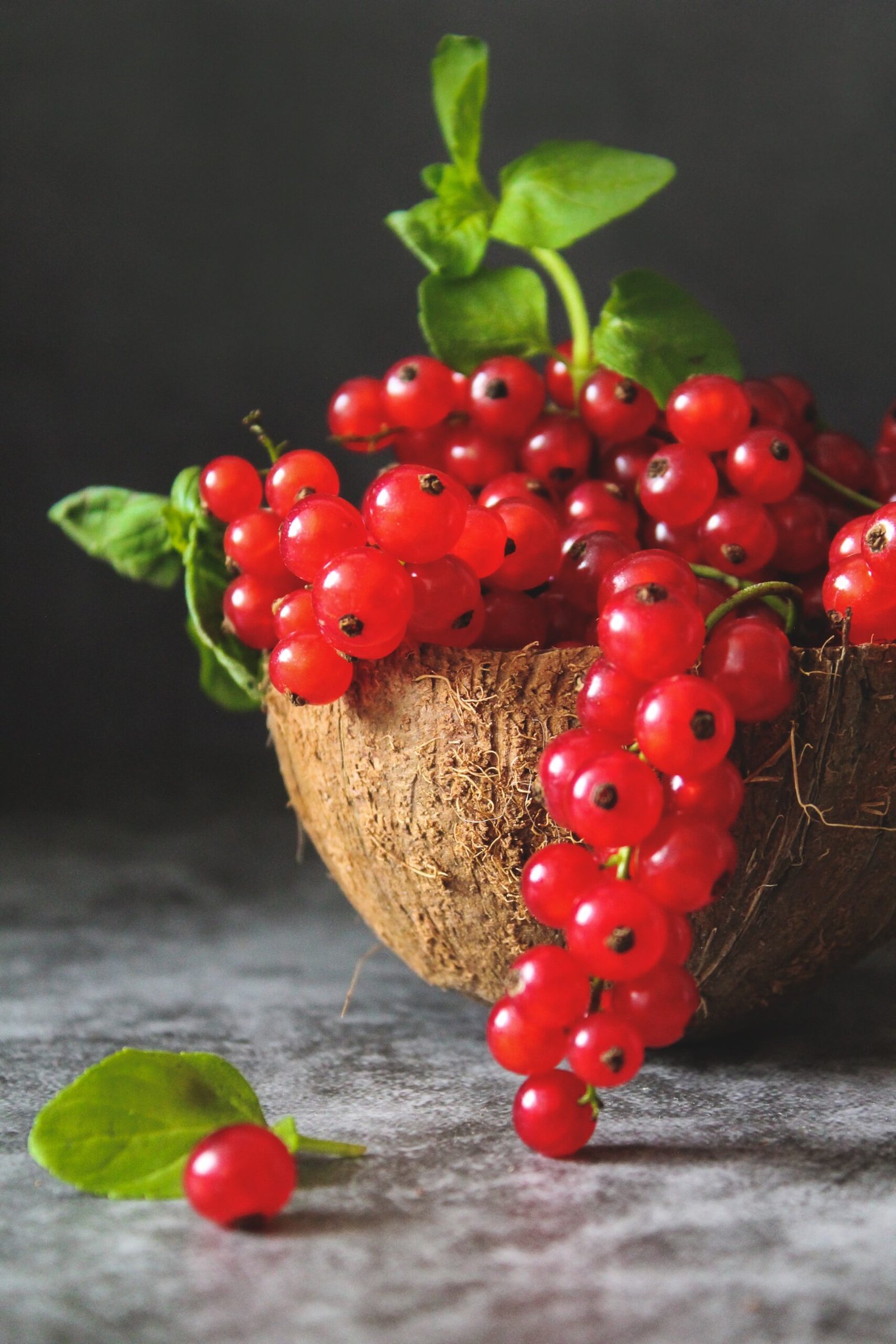Introduction
Welcome to the ultimate guide on how to grow edible gooseberries at home in the UK! Whether you’re a seasoned gardener or just starting out, growing gooseberries can be a rewarding and delicious experience. In this comprehensive step-by-step guide, we will cover everything you need to know to successfully cultivate these juicy berries right in your own backyard.
Why Should I Grow Gooseberries?
There are plenty of reasons to grow gooseberries. Firstly, they are incredibly versatile and can be used in a variety of culinary creations, from pies and jams to sauces and desserts. Secondly, gooseberries are packed with essential vitamins and antioxidants, making them a nutritious addition to your diet. Lastly, growing your own gooseberries allows you to enjoy the freshest and most flavorful berries, straight from your garden.
Where is the Ideal Location to Grow Gooseberries?
Gooseberries thrive in a sunny location, so it’s best to choose a spot in your garden that receives at least six hours of direct sunlight each day. They can tolerate partial shade, but for optimal growth and fruit production, full sun is recommended. Additionally, gooseberries prefer a sheltered spot to protect them from strong winds, which can damage the delicate branches.
Soil Type and Preparing the Soil
When it comes to soil, gooseberries prefer a well-draining and slightly acidic soil with a pH level between 6.0 and 6.5. Before planting, prepare the soil by removing any weeds or grass and incorporating organic matter such as compost or well-rotted manure. This will improve the soil structure and provide the necessary nutrients for healthy growth.
Watering Tips and Hints
Proper watering is essential for the success of your gooseberry plants. During the growing season, make sure to water them regularly, especially during dry spells. Aim to keep the soil consistently moist but not waterlogged. Mulching around the plants can help retain moisture and suppress weed growth.
Sowing and Planting Gooseberries
There are two main methods of growing gooseberries: from seeds or from cuttings. If you choose to grow from seeds, start them indoors in late winter or early spring. Sow the seeds in a seed tray filled with seed compost, cover lightly with compost, and keep them in a warm location. Once the seedlings have developed a few sets of true leaves, they can be transplanted into individual pots.
If you prefer to grow from cuttings, take hardwood cuttings in late autumn or early winter. Select healthy, disease-free stems and cut them into 6-8 inch lengths. Remove the lower leaves and insert the cuttings into a pot filled with a mix of compost and sand. Place the pot in a sheltered spot and keep the soil moist until the cuttings root.
How to Plant Out Gooseberries
Once your gooseberry plants have reached a suitable size, it’s time to plant them out in the garden. Choose a cloudy day or plant in the evening to minimize transplant shock. Dig a hole slightly larger than the root ball and gently place the plant in the hole. Backfill with soil, firm it gently around the base of the plant, and water thoroughly.
General Care for Gooseberries
Gooseberries require minimal care once established. Prune the plants in late winter or early spring to remove any dead or diseased wood and to maintain an open, airy shape. Apply a balanced fertilizer in early spring and mulch around the base of the plants to suppress weeds and conserve moisture.
How to Harvest Gooseberries
Harvesting gooseberries is a delightful task that rewards you with sweet and tangy fruits. Wait until the berries have reached their full size and color, usually in mid to late summer. Gently pick the berries by hand, taking care not to damage the surrounding branches. It’s best to harvest them when they are slightly firm for optimal flavor.
How to Store Gooseberries
If you have an abundance of gooseberries, you may want to store them for later use. Gooseberries can be kept in the refrigerator for up to two weeks. Alternatively, you can freeze them for longer storage. Simply wash and dry the berries, remove any stems, and place them in airtight containers or freezer bags.
Problems in Growing Gooseberries, Common Pests, and Diseases
While gooseberries are generally hardy plants, they can be susceptible to certain pests and diseases. Aphids, gooseberry sawfly, and powdery mildew are common issues that you may encounter. Regularly inspect your plants for any signs of infestation or disease and take appropriate measures such as using organic pest controls or removing affected foliage.
Where to Buy Gooseberries
Gooseberry plants can be purchased from local nurseries, garden centers, or online suppliers. Look for reputable sources that offer a variety of cultivars suitable for your region. Consider choosing disease-resistant varieties to minimize the risk of common gooseberry ailments.
What are the Best Gooseberry Varieties to Grow and Why?
There are several excellent gooseberry varieties to choose from, each with its own unique characteristics. Some popular choices in the UK include ‘Invicta’, known for its large and sweet berries, ‘Hinnonmaki Red’, which produces vibrant red fruits, and ‘Whinhams Industry’, a reliable and disease-resistant variety. Select varieties that suit your taste preferences, desired uses, and growing conditions.
What Tools Will I Need to Grow Gooseberries?
Fortunately, growing gooseberries doesn’t require a vast array of tools. Some essential tools you may need include a spade or garden fork for digging, a pair of secateurs for pruning, and a watering can or hose for irrigation. Additionally, having a pair of gardening gloves and a kneeling pad can make your gardening experience more comfortable.
Conclusion
Growing your own gooseberries is a fantastic way to enjoy the freshest and most flavorful berries right from your garden. With the right location, soil preparation, and care, you can harvest a bountiful crop of these delicious fruits. So, roll up your sleeves, grab your gardening tools, and get ready to embark on a fruitful journey of growing edible gooseberries in the UK!
Frequently Asked Questions
Q: Can I grow gooseberries in pots?
A: Yes, gooseberries can be grown in pots. Choose a large container with good drainage, and make sure to water and feed them regularly.
Q: How long does it take for gooseberries to bear fruit?
A: Gooseberries typically start producing fruit within 2-3 years of planting.
Q: Can I grow gooseberries in partial shade?
A: While gooseberries prefer full sun, they can tolerate partial shade. However, they may produce fewer fruits in shadier conditions.
Q: Are gooseberries self-pollinating?
A: Most gooseberry varieties are self-fertile, meaning they do not require cross-pollination to produce fruit.
Keywords: growing gooseberries, growing gooseberries in pots, best soil for growing gooseberries, growing gooseberries from cuttings, growing gooseberries in containers




































